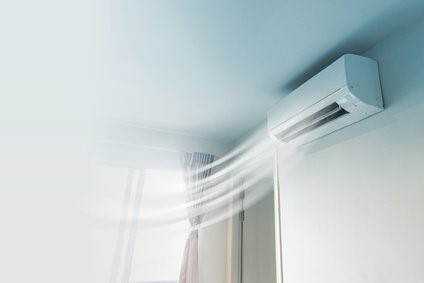Vinyl Windows Design, Shapes And Sizes
 Vinyl windows come in all shapes and sizes, and they’ll all do the basic jobs you expect them to — let in light, frame a view and keep out the elements. Beyond that, you’ll want to choose a window that works with your home’s architectural style, whether it’s clapboard colonial, red-cedar contemporary or comfortable eclectic. Looks aside, each type of window has its own personality. Knowing what works best where will help you choose the right windows for any building or remodeling project.
Vinyl windows come in all shapes and sizes, and they’ll all do the basic jobs you expect them to — let in light, frame a view and keep out the elements. Beyond that, you’ll want to choose a window that works with your home’s architectural style, whether it’s clapboard colonial, red-cedar contemporary or comfortable eclectic. Looks aside, each type of window has its own personality. Knowing what works best where will help you choose the right windows for any building or remodeling project.
Early builders chose windows according to the number of panes in each sash – six over six, for example, or nine over 12. Today your choices are much broader. Casements, sliders, tilts, fixed glass, and combinations of all these styles pose a myriad of alternatives to the classic double-hung window.
The amount of light any type of window will admit depends largely on its size, but shape and location do make a difference. For example, a horizontal window placed high on a wall may provide more light than the same window turned vertically.
Ease of cleaning is also worth thinking about, especially if yours is a two-story house or if some windows are just hard to reach. A tilt-in or removable sash that can be washed conveniently from the inside makes it a lot easier and safer to keep upper-story windows sparkling.
What colors suit you best?
In most cases, the colors that suit you best are the colors you like best. You should be able to find your favorites represented not only among wall coverings and fabrics and accessories, but also in a range of styles and patterns to suit almost any decorating mood from contemporary to country to traditional.
Window Design Principles
Think of the walls of your home as blank canvases waiting to be painted with light from the sun and views of the outside world. As you consider this ever-changing image for your new or remodeled home, it’s helpful to keep certain principles in mind.
Seeing the Light.
Light — and the shadows created by it – plays a major role in any interior space. As the sun shifts, it subtly changes the shapes and patterns in a room.
Bigger is brighter as far as windows are concerned. This means not just larger windows, but more of them. Arrays of operable sash and fixed glass can reach for the ceiling, stretch wide or even make an entire wall disappear. Ceilings dictate how high you can go, but dropping windows to floor level, or near it, can bring in a lot more light than standard sill-height windows.
How’s the View?
Just as the right frame enhances a cherished painting, so windows — now available in just about any conceivable shape — define our experience of the world outside. Of course not all views are created equal. A wooded ravine, for example, offers more visual interest than the side of a neighbor’s garage — so analyze your home’s best views and orient your windows accordingly.
Step Outside.
Today’s patio doors are every bit as attractive and energy-efficient as windows and come in matching styles and finishes. Top one off with a transom or fanlight or flank it with a pair of sidelights, and you can make a design statement that’s as strong as a well-thought-out front entry.

